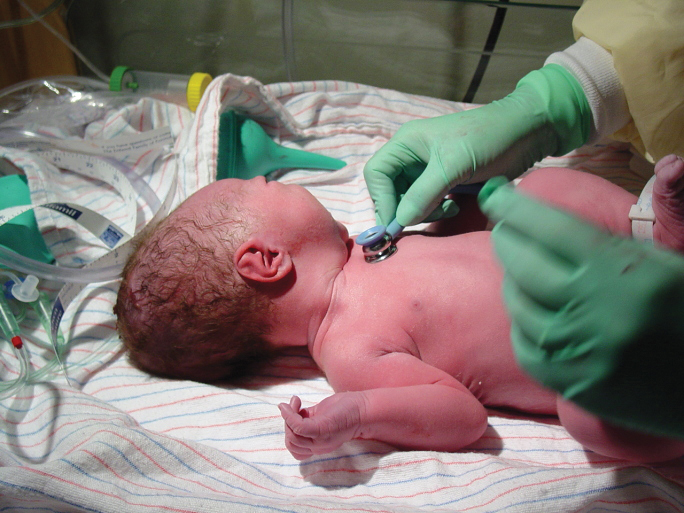Congenital Muscular Dystrophy (CMD)
Congenital Muscular Dystrophy (CMD)
What is congenital muscular dystrophy (CMD)?
Congenital muscular dystrophy (CMD) refers to a group of muscular dystrophies that become apparent at or near birth. Muscular dystrophies in general are genetic, degenerative diseases primarily affecting voluntary muscles.
For more on specific types of CMD, see Types of CMD.
What are the symptoms of CMD?
CMD results in overall muscle weakness with possible joint stiffness or looseness. Depending on the type, CMD may involve spinal curvature, respiratory insufficiency, intellectual disabilities, learning disabilities, eye defects or seizures. For more, see Types of CMD and Signs and Symptoms.
What causes CMD?
CMD is caused by genetic mutations affecting some of the proteins necessary for muscles and sometimes for the eyes and or brain. See Causes/Inheritance.
What is the progression of CMD?
CMD has its onset at or near birth, and progression varies with type. Many types are slowly progressive; some shorten life span.
What is the status of research on CMD?
Researchers have identified many of the genes that, when defective, cause various forms of CMD. These discoveries have led to greater understanding of these diseases and advances in diagnosis and treatment strategies. For more, see Research.

